What is a subplot? It's a secondary plot in a novel, play or movie. Subplots are the additional minor arcs that help develop characters, themes and settings. Read 5 tips for writing subplots, including useful examples of subplots from books:
First, why use subplots?
The main story arc in a novel is what the story's action and character development orbit around. In the Harry Potter series, this is the inevitable conflict between Harry and the series' villain, Lord Voldemort. In George R. R. Martin's 'A Song of Ice and Fire' series, the main plot is the battle between Martin's world's inhabitants for the lands of Westeros. [You can brainstorm the main arc for your story using Now Novel's Idea Finder tool.]
These 'grand' story arcs are the main, thickest threads of narrative, but subplots add depth, detail, tension and intrigue to the whole story. In Harry Potter, romantic subplots such as Harry's growing relationship with a secondary character add romantic tension. The evolving situation at home with his cruel aunt and uncle adds depth and opposition.
In George R. R. Martin's series, when the character Theon Greyjoy seizes Winterfell castle, subplots involving broken alliances and pacts add engrossing complications.
Subplots thus serve multiple plot purposes:
- They add variety to the story, keeping its cast and events interesting
- Subplots support central themes with secondary examples and illustrations (E.G. Harry's aunt and uncle's fear of his magic drives their meanness towards him, adding to the theme of the role of fear in evil deeds)
- They introduce complications that affect the direction of the main story line
Here are 5 tips for choosing strong subplot ideas:
1: Know types of subplot: Brainstorm the best for your story
There are multiple types of subplots you may use. These include:
- Romantic subplots: Romantic tension between your main character and a supporting character (or two supporting characters) adds suspense ('Will they unite?')
- Conflict subplots: Secondary conflict between characters adds background and depth to your story's cast. For example, Gandalf and Saruman's adversarial background in The Lord of the Rings. Or the diverging, conflicting paths of Dumbledore and his childhood friend, Gellert Grindelwald, in Harry Potter
- Expository subplots: These subplots show the cause and effect of how something came to be in your world. For example, Michael Chricton's subplot in Jurassic Park in which the computer operator at the theme park disables the security system to steal dinosaur embryos, unleashing havoc
The type you choose will depend on your main story line. It should be relevant to the story. Pride and Prejudice with Zombies might be fun as a novelty. Yet if there are zombie subplots in your novel the reader can't explain, they may be irritated (especially if they were looking for realist Regency romance).
Decide what subplot type would suit your story. When two characters are thrown into life-endangering work (for example, spying in a high-risk environment), close proximity and the need to release stress could spark a romantic subplot.
2: Choose a subplot that develops your main plot
The best subplot ideas add intrigue and breadth to your story's cast and world while also driving the main plot.
Take, for example, the subplot in Jane Austen's Pride and Prejudice involving the protagonist Elizabeth's youngest sister, Lydia. Lydia elopes with the charming George Wickham, who has no intention of marrying her (a truly scandalous event for those times). It is Elizabeth's own (eventual) love interest, Mr. Darcy, who intervenes.
This romantic subplot performs a crucial function for the main plot. It shows Darcy's decency, a trait that will endear him to the reader and Elizabeth Bennet.
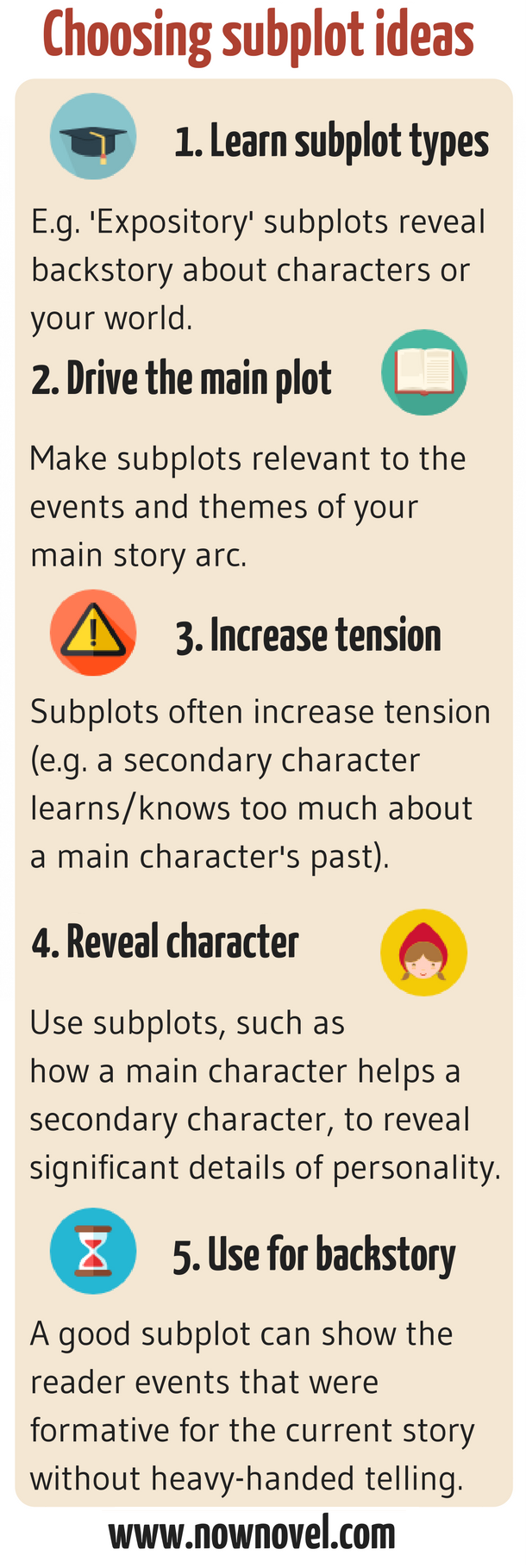
3: Find subplot ideas that increase tension
Subplots also help keep narrative tension high. Particularly in suspenseful novels where there are mysteries that create an urgent need for resolution, subplots add more questions.
Some examples of subplots that increase tension:
- A secondary character knows too much. In Dostoevsky's Crime and Punishment, the character Arkady Svidrigailov overhears the protagonist confessing his crimes to another secondary character. This gives Arkady (who pursues the protagonist's sister romantically) some power over them both, increasing tension.
- Romantic subplots. The tension of wondering whether circumstances will drive two characters into each other's arms adds tension, too.
- Conflict subplots. In the Showtime TV series Dexter (based on the Dexter novels by Jeff Lindsay), a colleague of the serial killer protagonist suspects Dexter's dark, extra-legal deeds. This begins as a subplot but later becomes one of the main arcs of the season.
Essentially, subplots that increase tension make us ask additional questions. The greater urgency of these questions, the greater the tension.
4: Use subplots that show additional sides to characters
As mentioned above, in the subplot example from Pride and Prejudice, a subplot can reveal a central character's more likable characteristics.
Subplots that reveal additional attributes of main characters like this are useful, as they give life and body to the cast of your novel without making all the action focus on your main characters.
They give secondary characters more important parts to play than simply being walk-on tragic figures, comic relief or conniving villains.
Subplots that reveal characters include subplots that show and develop:
- Character flaws. For example, if your central character has a sour relationship with a parent, how they handle difficult interactions could foreshadow how they will handle adversity in other relationships
- Character strengths. Secondary plot points that show characters' redeeming features (such as Darcy's intervention on behalf of Lydia's 'honour') make characters more likable to each other (and, usually, the reader)
- Character goals and motivations. For example, a primary plot arc might involve your central character overcoming a monster (whether real, an actual villainous monster or figurative, a struggle such as self-doubt). A subplot (such as their studious preparation for a crucial test) might show that they have the resolve and the focus to achieve their goals, and the smarts, too. J.K. Rowling does this effectively by showing the complications school work throw into the ring as her characters' struggle against evil in the Harry Potter books.
5: Use subplots to weave in backstory more naturally
For example, in a novel about an anti-hero like Dexter, a killer who eradicates society's basest wrongdoers, the author could simply tell the reader the character's backstory, what led them to this way of life.
Consider the alternative: There's a subplot where a secondary character, suspicious of our anti-hero, tries to piece together his past. The backstory becomes a compelling mystery itself. We enjoy the added tension of wondering what will happen if the sleuthing character is caught trying to find out more. Ultimately, this is a more complex and satisfying approach to backstory and plot than simply having a narrator spell out ever single incident preceding the main events of the story.
Ready to brainstorm and get feedback on your own creative subplot ideas? Try Now Novel's Idea Finder and create a story blueprint, or get constructive writing feedback now.
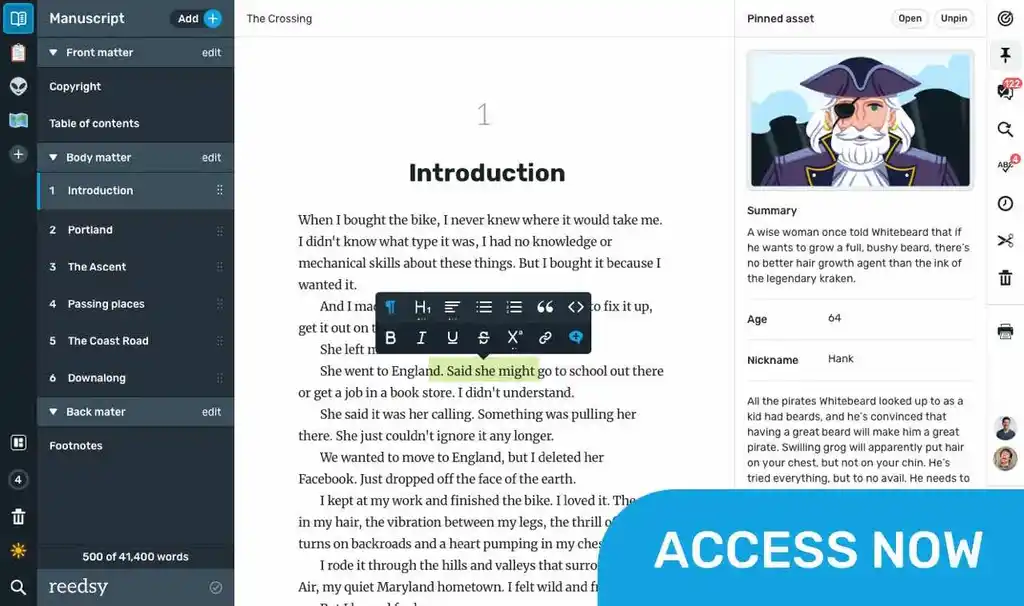
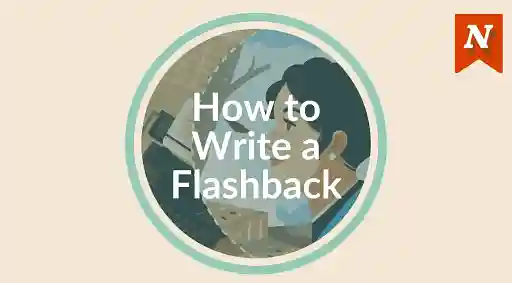
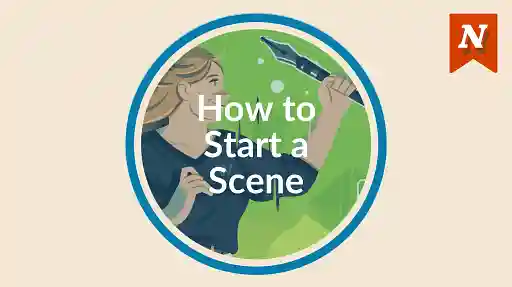
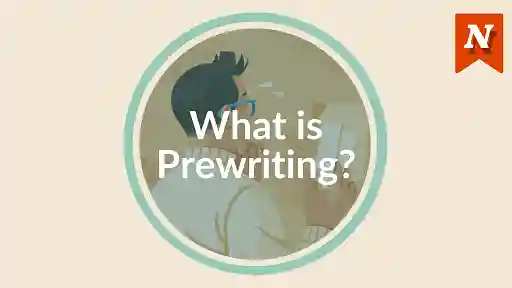

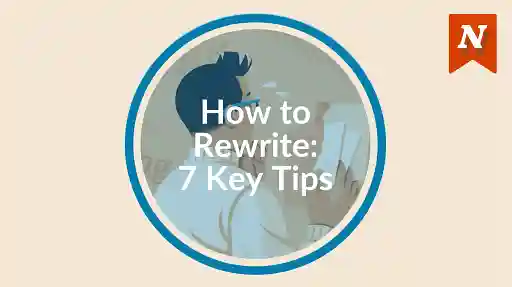
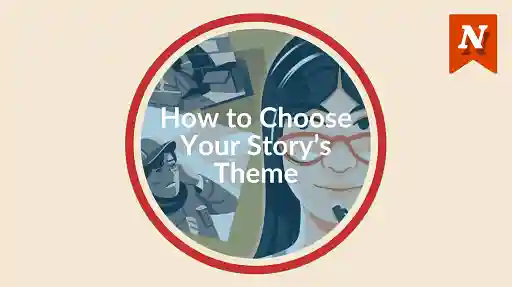

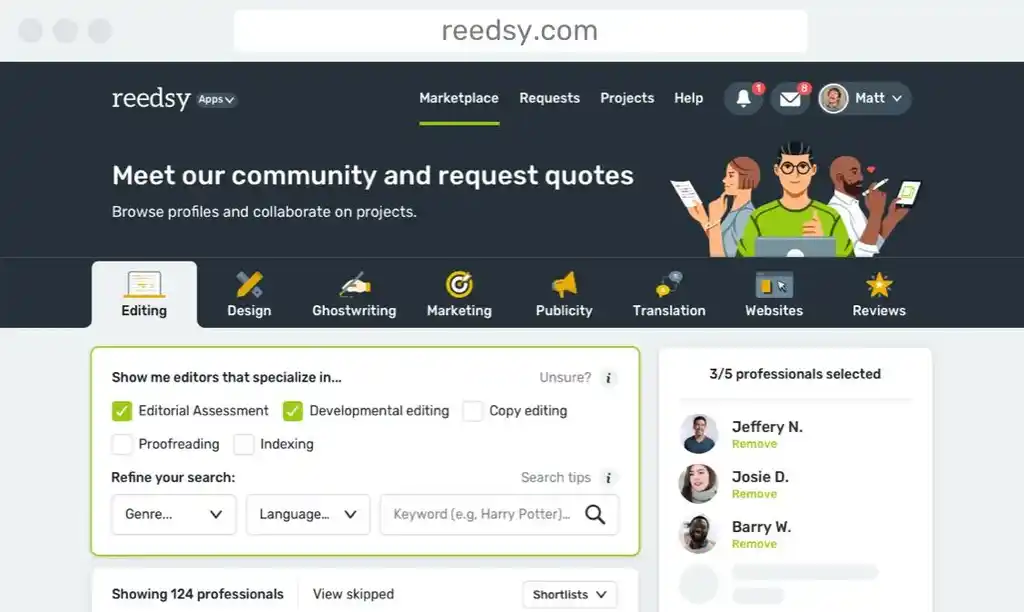
No question, by putting flesh on our subplots, especially if it consistently cranks up the tension, and further our characters' development, it will propel the main of our plot forward. Thanks, Briget!
Danie J Botha - Over 7 years ago
It's a pleasure, Danie. thank you for reading, sharing and for the feedback.
Bridget At Now Novel - Over 7 years ago
This was great and I used the article when I needed a subplot idea for Lost Centuries . A vampire fiction novel coming out 3/31/18 www.micheleoshelrosa.net
Michele Oshel Rosa - About 7 years ago
Great help, as I'm planning my debut novel now.
Shantha - About 4 years ago
Fantastic, Shantha. Thank you for your feedback. How is your planning going? Good luck with your debut.
Jordan - About 4 years ago